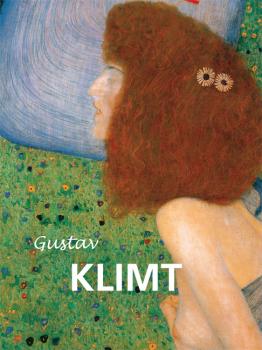ТОП просматриваемых книг сайта:
Patrick Bade
Список книг автора Patrick BadeАннотация
Информация о книге
Автор произведения Patrick Bade
Жанр Изобразительное искусство, фотография
Серия Best of
Аннотация
Информация о книге
Автор произведения Patrick Bade
Жанр Изобразительное искусство, фотография
Серия Temporis
Аннотация
Информация о книге
Автор произведения Patrick Bade
Жанр Изобразительное искусство, фотография
Серия Perfect Square
Аннотация
Информация о книге
Автор произведения Patrick Bade
Жанр Изобразительное искусство, фотография
Серия Perfect Square
Аннотация
Информация о книге
Автор произведения Patrick Bade
Жанр Изобразительное искусство, фотография
Серия Perfect Square
Аннотация
Информация о книге
Автор произведения Patrick Bade
Жанр Изобразительное искусство, фотография
Серия Perfect Square
Аннотация
Информация о книге
Автор произведения Patrick Bade
Жанр Изобразительное искусство, фотография
Серия Mega Square
Аннотация
Информация о книге
Автор произведения Patrick Bade
Жанр Изобразительное искусство, фотография
Серия Mega Square
Аннотация
Информация о книге
Автор произведения Patrick Bade
Жанр Изобразительное искусство, фотография
Серия Great Masters
Аннотация
Информация о книге
Автор произведения Patrick Bade
Жанр Изобразительное искусство, фотография
Серия Perfect Square










